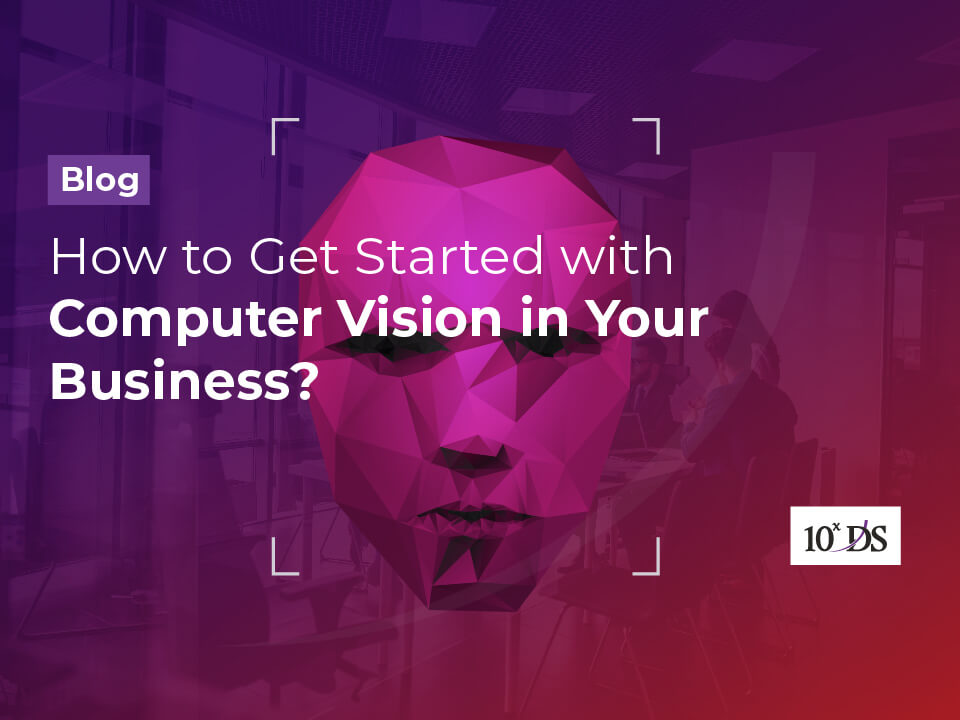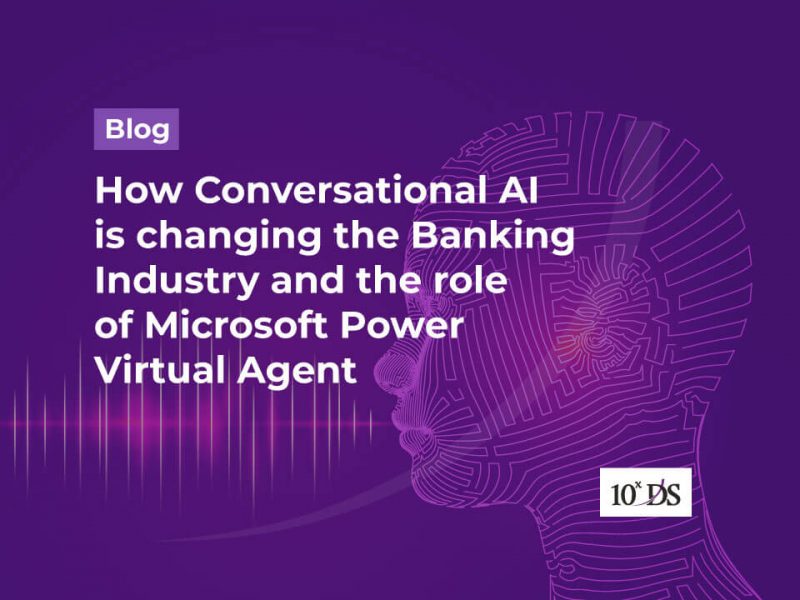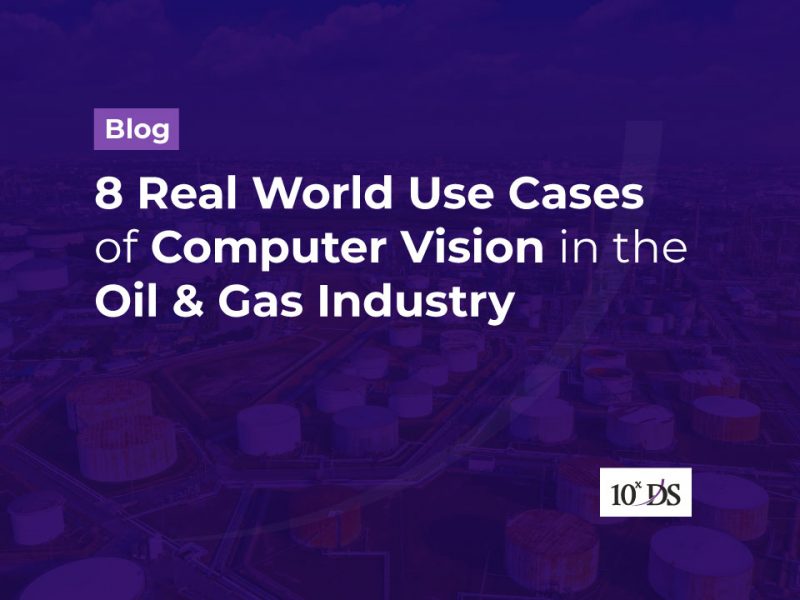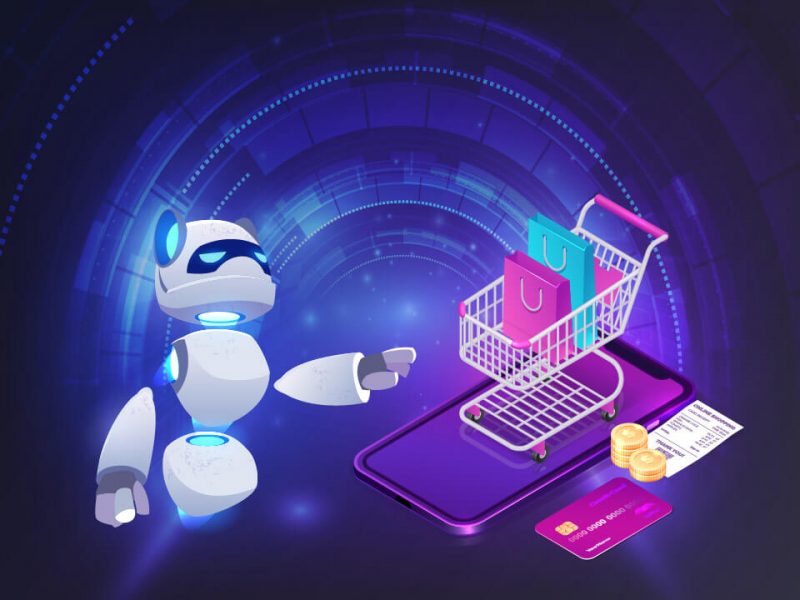
How to Get Started with Computer Vision in Your Business
Computer vision solutions and image recognition technologies are creating a paradigm shift in the way enterprises work everywhere around the globe. The technology reproduces the same effect as human eyes, thereby enabling the computers to understand the images they process and act as programmed, by leveraging the visual data. AI-based computer vision can unlock an untapped potential, leading the way for innovation, and enabling enhanced precision, and control.
What Is Computer Vision?
Computer vision is one of the key components of intelligent automation or hyperautomation. It deals with interpreting visual inputs and enabling automation of tasks. To do that, CV (Computer Vision) learns, builds, and uses various digital systems such as images and videos. CV technologies leverage algorithms based on pattern recognition, mimicking the way the human brain works to process visual information.
Today, artificial intelligence has advanced so much and it has contributed immensely to the maturity of computer vision as a technology. In a carefully and effectively executed scenario of computer vision, it could process a myriad of things in the outside world and interpret them meaningfully for automation.
In the context of business operations, this makes complete sense and promises several applications. A good example of this can be seen in V-Count. In this application, which is mainly used in supermarkets, the camera footage of customers visiting the store can be seen. The system is trained to analyse and interpret customer behaviour from that footage and automate real-time sales promotions targeting those customers.
Steps to get started with Computer Vision for your Business
Unless there is a careful approach to building a computer vision for your business, things can backfire. For instance, if a CV solution fails to go through enough inputs during the training phase, it would fail to solve the correct problem for which you are trying to implement the system in the first place. Following are some steps to get started with computer vision.
1. Understanding the problems to address
You must have a clear idea about what problems you want to solve by incorporating computer vision into your existing mode of operation. You should also consider how much would it cost you to implement it and how much revenue it would generate?
The difference between both is going to be your takeaway. In most cases, it won’t be possible to immediately replace the current mode of operation with computer vision. Hence, the focus should be on how to improve the existing model through the CV.
2. Establishing Standards
While having an overall idea about the total profit you could generate through Computer Vision, it is also important to understand the smallest achievable benchmark by which you can measure the success.
For instance, if you are going to use CV to automate restocking in a supermarket, its success can be determined by how fast the system restocks an item after a customer puts it into his cart.
3. Deciding which Computer Vision technique to employ
During the training phase of computer vision, various techniques have to be used to make it more effective. The execution of it depends on how successfully the system learns the visual images. Two main techniques used today by most businesses are called object classification and object identification.
In the former technique, the system is taught to classify objects for an image into one or two groups. However, in the latter, the system is taught to identify a particular thing from an image. Classification can be effective for identifying defective products from many. Identification can be useful for scenarios like face recognition, number plate recognition, and more.
4. Gathering images
Since computer vision works by analysing and interpreting images, it is essential to gather relevant images for your particular use case. For many common situations, there are pre-trained images available to download and use.
However, if the scenario involved in your business is different, you may have to train it yourself from the scratch. Once you have had enough images to train your computer vision, you can start labelling them.
5. Training the Model
Training the model is the final phase in the setting up of computer vision. Here, the images that have already been labelled are used to train the model. Often, this is done through transfer learning, a process where stored knowledge is applied in a new scenario. An effective system for this is Azure Cognitive Services.
6. Testing the Model
Having trained your model successfully, you are ready to test it in a real context. Based on how the system works, you can think of improvising it to make it more effective and lucrative.
Few applications of Computer Vision
Let’s analyse few of the use cases of Computer Vision where benefits are manifold.
1. Compliance with SOPs
Lack of proper monitoring of Standard Operating Procedures (SOP) and the subsequent effects that arise due to non-compliance can be severely detrimental for petroleum retail, pharmaceutical companies, huge microbiology labs, among others. Leveraging AI Computer Vision solutions, companies can derive meaningful insights on the adherence of SOPs, also triggering real-time alarms to notify the staff on non-compliance. Several compliance aspects such as gowning requirements, cross-contamination, packaging, labeling, and quarantine zone protocols, among others can be monitored easily with AI methods, this way SOP effectiveness and compliance can be ensured.
2. Health and Safety at workplaces
AI-powered computer vision solutions can help track ergonomic hazards posed to ensure the health and safety of workers and to properly train them to avoid occupational diseases in the future. With CV solutions, companies can detect and pinpoint the location of the fire as soon as it starts, so that it can be extinguished before it gets out of control.
3. Smarter space utilization in warehouses
Computer Vision can help monitor different scenarios based on the requirements and provide detailed analytics in real-time by implementing the solution plugging into existing or new CCTV. Some of the use cases include monitoring Cubic Meter (CBM), Dock Utilization, Truck TAT, Forklift Utilization, Personnel Utilization, Safety Compliance, among others to ensure operational efficiencies, cost, and compliances in warehouses.
Conclusion
AI-powered Computer Vision technologies can help enterprises save valuable time, improve efficiencies, quality and ultimately generate cost savings and good ROI. CV technologies are gaining prominence due to its endless possibilities and a wealth of applications that will be key to enhancing your organization’s operations and business processes.
Leverage 10xDS AI Computer Vision solutions to address business challenges. Talk to our experts to integrate CV to make your existing hardware intelligent


